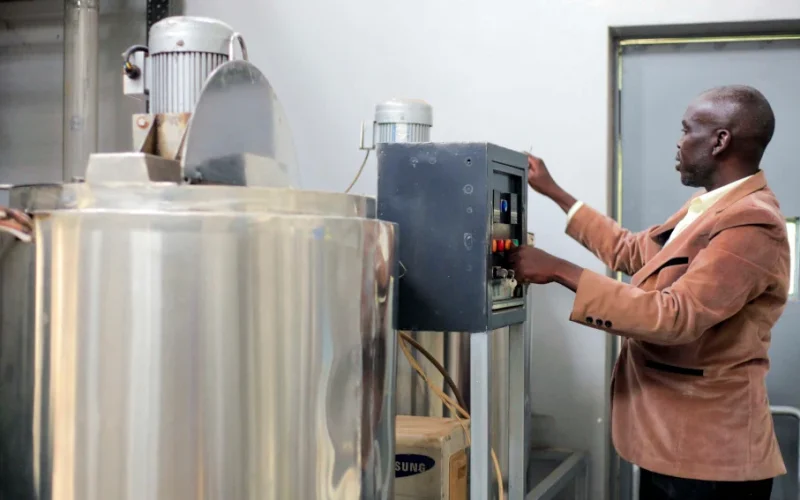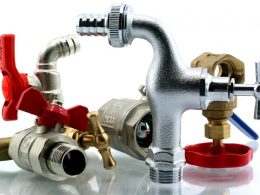For Ugandan farmer Ojok Okello, processing shea butter was once a time-consuming process. It took at least ten hours and multiple workers to produce just one kilogram of shea butter. Shea butter is a product that is valued in both the cosmetic and culinary industries.
Traditional methods involve boiling, sun drying, and grinding shea kernels to extract the butter. However, these practices are inefficient and costly. Okello, based in Okere City, explained that they relied on charcoal or firewood, methods that are not environmentally sustainable. Additionally milling costs as much as Sh6,000 (US$1.6) per kilogram, which eats into farmer’s margins.
Now, a breakthrough technology developed by Ugandan researchers is transforming the industry. This new approach streamlines the production process, saving significant time and improving product quality. The innovation uses a method called fractionation, which separates the shea butter’s fatty components into liquid and solid forms. This allows producers to create diverse, high-quality products such as cooking oils, hair treatments, cosmetics, and mosquito repellents.
The fractionation machine, powered by gas or electricity, melts the shea butter and gradually cools it to separate its components. Francis Omujal, senior researcher at Uganda’s Natural Chemotherapeutics Research Institute, led the development of this technology with a US$25,000 grant. He believes it could increase production output by 300% while cutting energy consumption by 40%.
“This method eliminates waste. The solids become butter, and the liquids turn into oils, both of which meet international quality standards,” Omujal explained.
While Uganda’s contribution to the global shea butter trade currently remains below 1%, experts see significant growth potential. A 2022 study by the Uganda Women Entrepreneurs Association Limited (UWEAL) revealed that women control 70% of shea butter production in Uganda and South Sudan. However, most still rely on traditional processing methods, which yield low-quality products.
UWEAL Chairperson Sarah Kitakule emphasized the need for modernization. She believes the new technology could improve branding, packaging, and export capabilities, enabling East Africa’s shea butter sector to compete globally.
Despite its promise, access to the technology remains a challenge. At US$10,000 per unit, the machine is unaffordable for many farmers. John Walugembe, Executive Director of Uganda’s Federation of Small and Medium-Sized Enterprises, urged government to support the initiative to scale up production.
“Extending electricity and making these machines available to local communities will help maximize the benefits,” Walugembe said.
With improved technology and financial support, Uganda’s shea butter industry has the potential to become a sustainable and lucrative global player.
Ugandan Researchers Develop Innovative Shea Butter Processor
For Ugandan farmer Ojok Okello, processing shea butter was once a time-consuming process. It took at least ten hours and multiple workers to produce just one kilogram of shea butter. Shea butter is a product that is valued in both the cosmetic and culinary industries.








